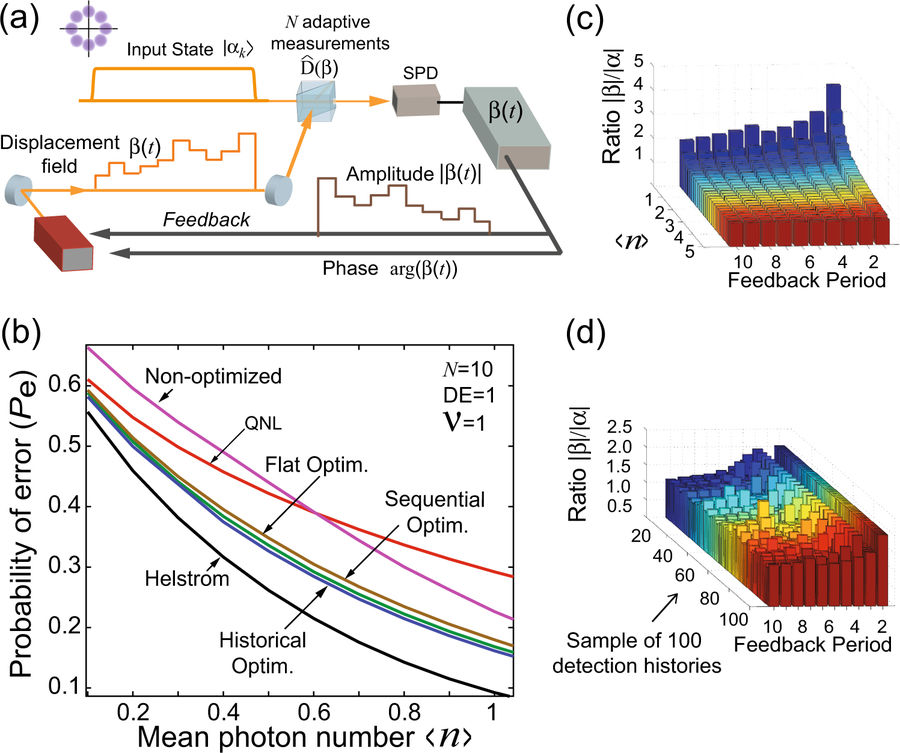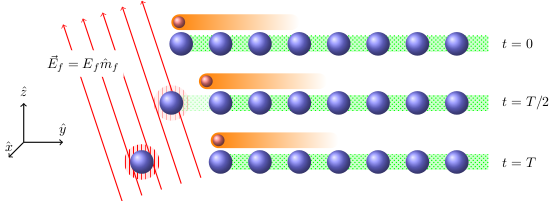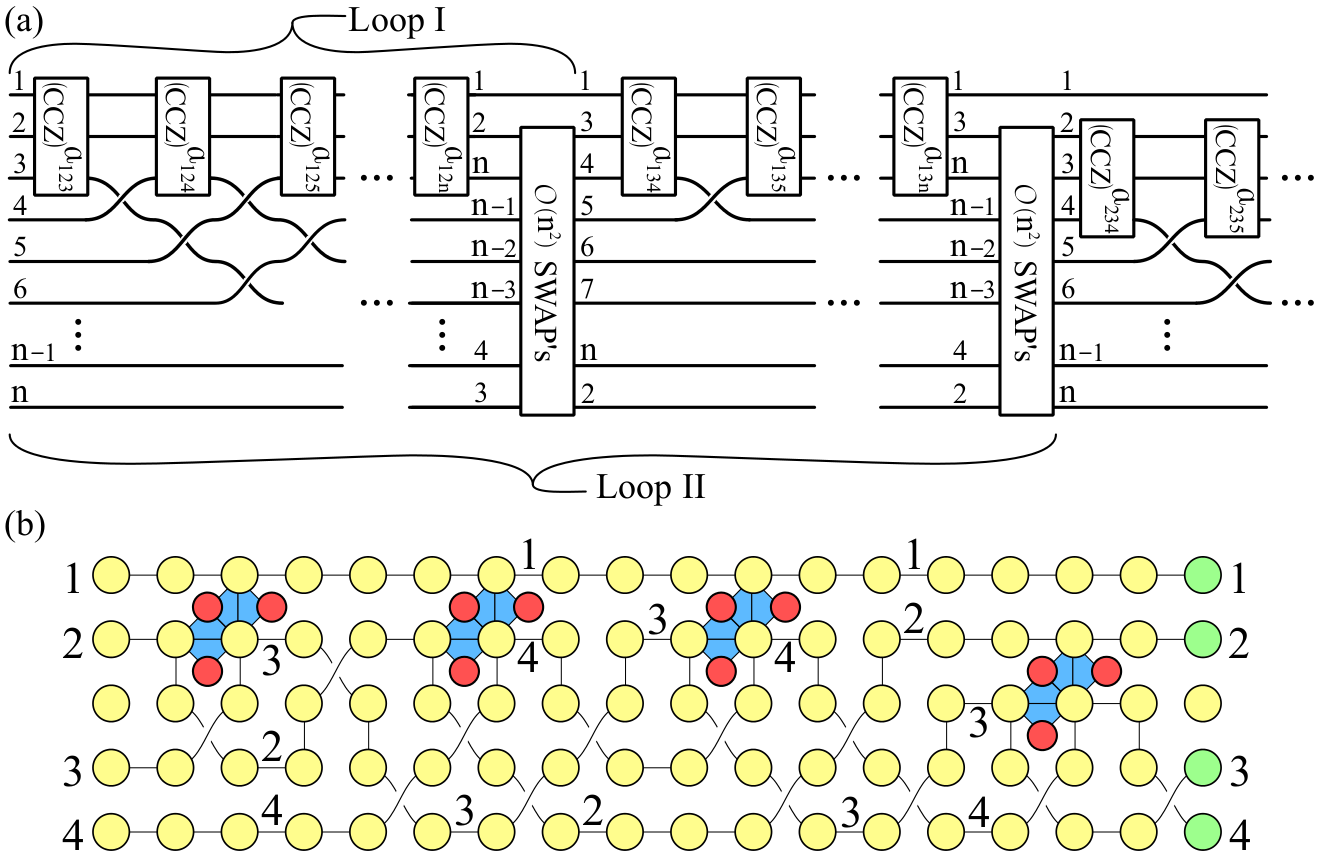January
Recent News
Dr. Elohim Becerra Wins NSF Career Award
January 26, 2018
University of New Mexico Assistant Professor Elohim Becerra received a National Science Foundation (NSF) Faculty Early Career Development (CAREER) award for his proposal “Quantum Measurements for Optical Communications.”

Becerra’s group publishes Low Power Light article in Nature Partner Journals
January 24, 2018
Dr. Elohim Becerra Chavez’s research group recently published Quantum measurements: surpassing conventional sensitivity limits at low powers in Nature Partner Journals

Topological quantum matters are useful for sensing
January 9, 2018
Akimasa Miyake has recently published in a new journal Quantum Science and Technology in collaboration with Stephen Bartlett (University of Sydney) and Gavin Brennen (Macquarie University), presenting a scheme of robust quantum sensing using one-dimensional strongly-interacting spin chains. It takes advantage of passive error-preventing properties of a symmetry-protected topologically ordered phase, to measure the direction and strength of an unknown electronic field.

CQuIC Welcomes Pablo Poggi
January 8, 2018
Please join us in welcoming Pablo Poggi to CQuIC as a Postdoctoral Fellow. Pablo comes to us from the University of Buenos Aires, Argentina. Pablo recently completed his PhD under the supervision of Dr. Diego Wisniacki and Dr. Fernando Lombardo. Pablo’s PhD research was focused on coherent control of quantum systems.

How can one verify the performance of a near-term quantum device?
January 5, 2018
Jacob Miller, Keith Sanders, and Akimasa Miyake have recently published a paper in Physical Review A presenting a distinctive means of demonstrating the unique computational power inherent in quantum mechanics. Their work follows other proposals in the growing topic of “quantum computational supremacy”, which aims to construct a realistic device implementing a sampling-based computational task which is otherwise impossible with any modern digital computer. Such sampling tasks must achieve a careful balance, where they are both easier to implement in a laboratory than full quantum computation, but must also be hard enough to require genuinely quantum effects to solve.
